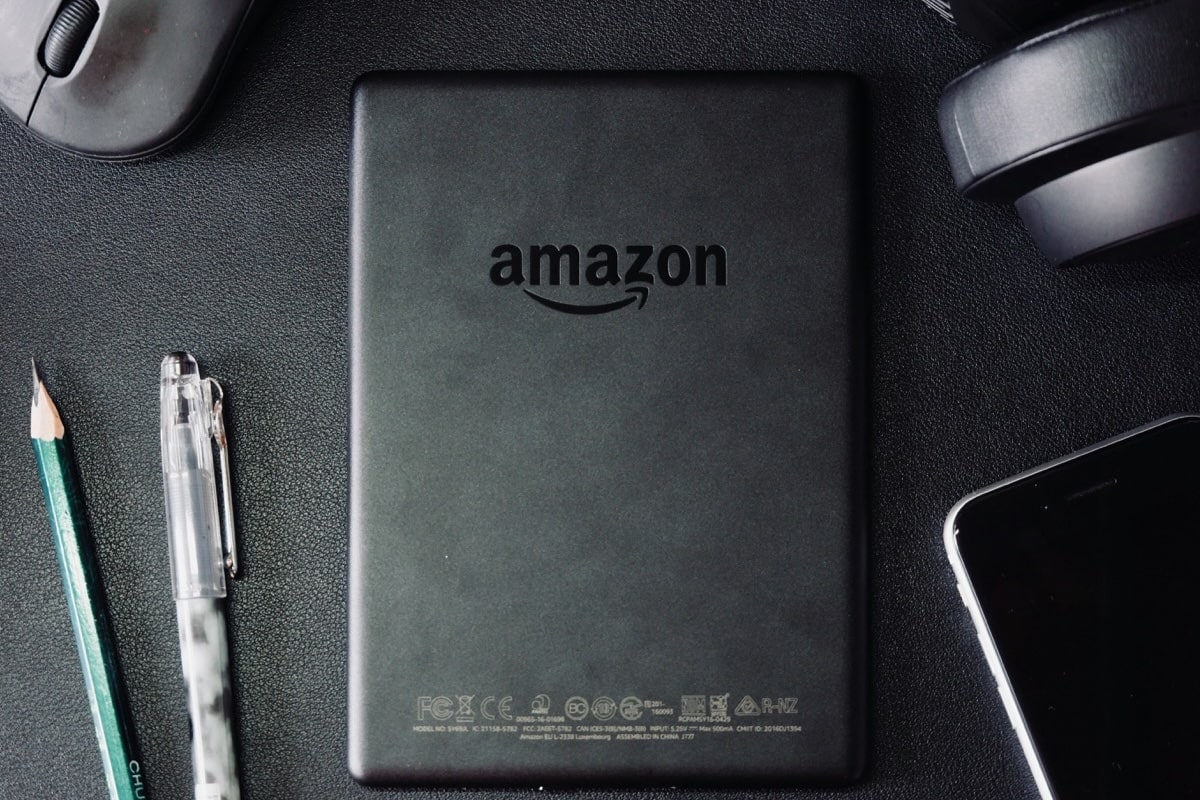Amazon Pay has introduced the UPI Circle feature, enabling its 100 million UPI user base in India to share payments. Here’s how it could help the tech giant to capture a larger market share in one of the world’s fastest-growing fintech ecosystems.

At the Global Fintech Festival 2025, Amazon Pay announced two major additions to its digital payments ecosystem. First is the launch of UPI Circle, a shared family payment feature, and the second one – expansion of UPI-based payments to smart devices such as smartwatches and wearables.
Amazon Pay UPI Circle Enhancement
The UPI Circle feature allows a primary UPI account holder to add family members or trusted contacts to a shared payment circle group. Each member can make UPI transactions using their own UPI ID or QR code without holding a separate bank account. Primary account holders act as family account administrators, able to manage preset spending limits, review requests, and authorize payments on a one-time or per-transaction basis. The feature is designed to streamline household and shared spending while ensuring strong oversight and security.
UPI Circle supports a variety of everyday transactions, from peer-to-peer transfers and merchant payments to e-commerce purchases on Amazon.in. Future versions are expected to include bill payments, subscriptions, and personalized budgeting tools.
The feature also extends Amazon Pay’s rewards ecosystem to family members, offering cashback and tailored offers for every transaction. By expanding its ecosystem beyond smartphones to include wearables and agentic interfaces, Amazon Pay is aligning with NPCI’s vision of frictionless, inclusive digital payments, designed to reach a wider spectrum of users across India’s connected households.
UPI Wearables Payments
Through its collaboration with NPCI, Amazon Pay is also extending UPI’s secure infrastructure to connected devices, combining biometric authentication, device-level encryption, and real-time fraud detection. Users will soon be able to make tap-and-go or biometric payments directly from their smart wearables, receive instant notifications, and manage family transactions across multiple devices.
Amazon Pay’s latest updates place it among early movers exploring how UPI’s open architecture can enable more adaptive and predictive payment experiences.
Broader UPI Upgrades
This launch aligns with broader updates to the Unified Payments Interface (UPI), which is rapidly expanding its functional scope. Within latest few months, the National Payments Corporation of India (NPCI) introduced biometric UPI authentication, enabling face or fingerprint-based verification directly through smartphones and wearables, alongside “UPI Tap & Pay” for contactless NFC transactions and “Credit Line on UPI” for instant, small-ticket credit access. These innovations have fueled India’s digital payment surge, with transaction volumes climbing 35% year-on-year and projected to exceed $7 trillion by 2030.
Another notable UPI update is a multilateral pilot AI payment project enabling users in India to browse, compare, and buy products directly in ChatGPT and other popular AI chatbots, completing checkout via UPI in just a few conversational steps. The initiative reflects the broader fintech trend toward agentic, context-aware payments that initiate and complete transactions autonomously based on user intent and permissions. Therefore, the integration of agentic payment capabilities, where AI-powered systems can recognize spending patterns, schedule transactions, or even suggest optimal payment modes, represents the next frontier in India’s fintech evolution.
Meaning of Amazon UPI Upgrades for Its Market Standing
India represents one of Amazon’s most critical international markets, both in terms of growth potential and ecosystem expansion. Since entering the market in 2013, Amazon has invested over $7 billion in India, building everything from fulfillment centers and logistics networks to digital payments and financial services platforms (via Amazon Pay and Amazon Pay ICICI Bank Card). The company views India not only as a large consumer base (with over 600 million internet users) but also as a testing ground for financial inclusion and embedded commerce models that could later scale to other emerging markets.
While Amazon has seen strong growth globally, its Amazon Pay India division reported a 7% revenue decline in the 2024–2025 fiscal year, highlighting the challenges the tech giant faces in a highly competitive, low-margin payments market. Meanwhile, India’s digital payments market is projected to reach $7 trillion by 2030, quickly accelerating its growth. This opportunity is not to be missed.
Today, success in India’s digital finance space will depend largely on Amazon’s ability to convert payment users into Prime subscribers and frequent shoppers, leveraging its ecosystem to drive higher-margin engagement. The launch of UPI Circle on Amazon Pay potentially increases touchpoints of household members within the Amazon ecosystem. More transactions mean more opportunities to expose users to Amazon Prime benefits, promotions, or bundled offers, as well as better analytics on household commercial needs rather than relying on single-user data.
The move marks a strategic pivot from pure e-commerce payments to lifestyle-integrated finance, embedding payments into everyday family and personal use. Besides, UPI’s introduction of biometric authentication and AI-assisted (agentic) payments creates a fertile environment for Amazon Pay to innovate in the market.
While infrastructure investments and partnerships demonstrate Amazon’s commitment, profitability remains uncertain given the intense competition from entrenched UPI players like PhonePe and Google Pay, which jointly account for over 80% of the market share.
At the same time, Amazon’s main competitors in the Indian market focus mainly on payments, while Amazon can leverage both payment and e-commerce services to boost profitability in India. Although UPI Circle doesn’t automatically convert users into Prime subscribers, it creates a more engaged, multi-user ecosystem. This engagement, combined with rewards, convenience, and device integration, increases the probability that payment users will upgrade to Prime or shop more frequently, enhancing Amazon’s revenue per household.









